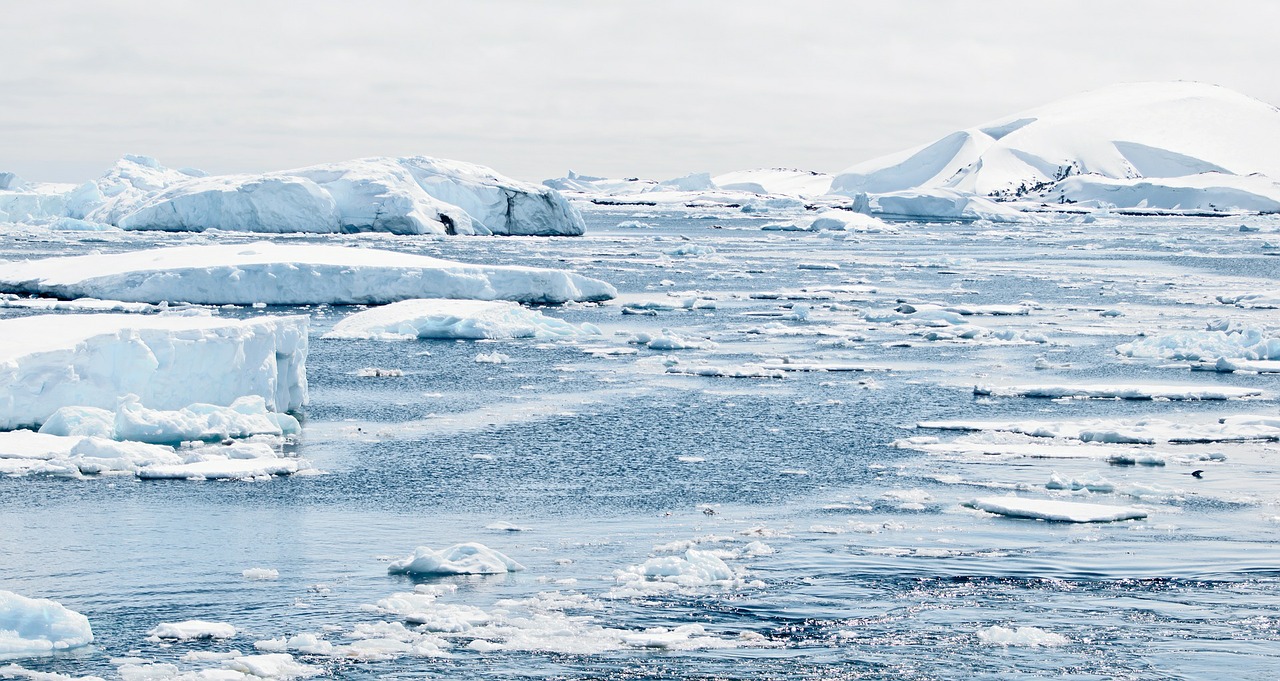
10 May Spring?
April showers bring may flowers is how the old proverb goes. Well what happens when April feels like July, with May not looking any different? After multiple days of record-breaking April temps, I started to wonder if this was just how our Northwest spring was going to be like moving forward. Is this a feature of what climate change is going to look like for Oregon? Many plants out there are confused, with some mistakenly blooming too early. But what does this shifting weather pattern do for our mental health?
Looks like I am not the only one wondering about this. The National Wildlife Federation published a study in 2012 looking at psychological effects of climate change,and they predicted that nearly half the American population would experience impacts to their mental health in regards to climate change. While another report predicts that over 200 million Americans will have some mental health problem because of climate change. Adding to the complexity will be that most people won’t be able to identify the source of their issues coming from the climate, while the healthcare system is underestimating the impacts, thus creating a wholly unprepared system for handling the problems being faced. The American Psychological Association (APA) has however, started taking this issue more seriously and has acknowledge the there are “current and anticipated psychosocial impacts of climate change.”
New words and ways of thinking are coming out this new reality. Terms such as “pre-traumatic stress disorder”, similar to what many experienced during the Cold War in which there was an anticipation of doom. I already have seen this in my practice, especially in a few children who are quite frightened by the state of the environment. Meanwhile an Aussie professor coined the term Solastalgia: “the homesickness when you’re still at home and your home environment is changing around you in ways that you find negative, and that you have very little power over.” Seems to describe what I have been feeling this spring.
So what do we do about it when it is very easy to get overwhelmed by the grim outlook many scientists are predicting. Here are a few tips for staying mentally healthy in these changing environmental times:
- Actually get out into nature. A nature prescription is a great way to improve your well being, especially as the global climate shifts. Connecting to nature for the first time, reconnecting after a long absence, or maintaining the love you already have will provide benefits. Plant a garden, go for a hike, swim in a lake, or sit in a park. This connection will make you feel better, but also promote an interest to take care of the land. Taking an interest and action can be energizing and lessen your anxiety. There’s the saying: “If you look after the land and the rivers, the land and the rivers will look after you.”
- Build Community. A common feeling around the anxiety associated with climate change is helplessness. People often ask me: “But what can I do about it?” This feeling of being helpless can be disheartening to say the least. Building community and positively interacting with others can help. Additionally, if a climate associated disaster ever took place in your area, having the safety net of a community will be valuable.
- Be active in what you can do to help. Yes it is difficult for one person or household to change the global path we are on. But one household can drastically change the path your household is on by reducing its carbon footprint. Change your light-bulbs to LED, plant a tree on your property, start recycling. These little changes will make you feel better and help the environment while you are at it.
- Find an ecotherapist. There is a growing field of mental health focused on Ecopsychology and Ecotherapy. We specialize in the human to nature psychological relationship. So if the anxiety, stress, hopelessness, or depression becomes difficult to manage, please find someone like myself to talk to.



Sorry, the comment form is closed at this time.